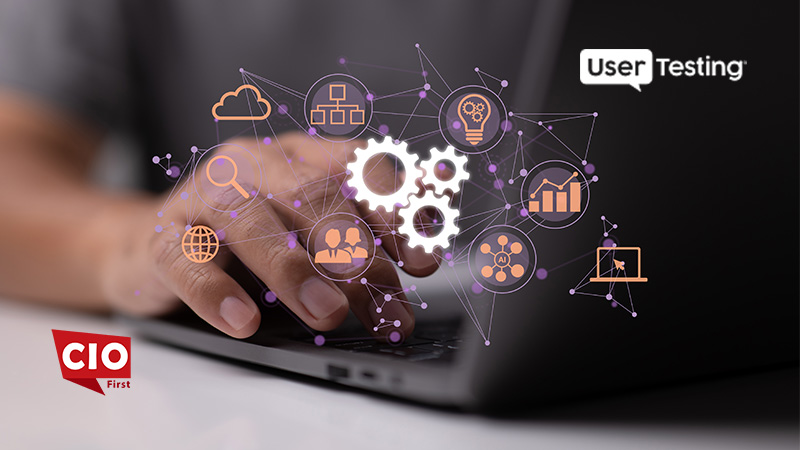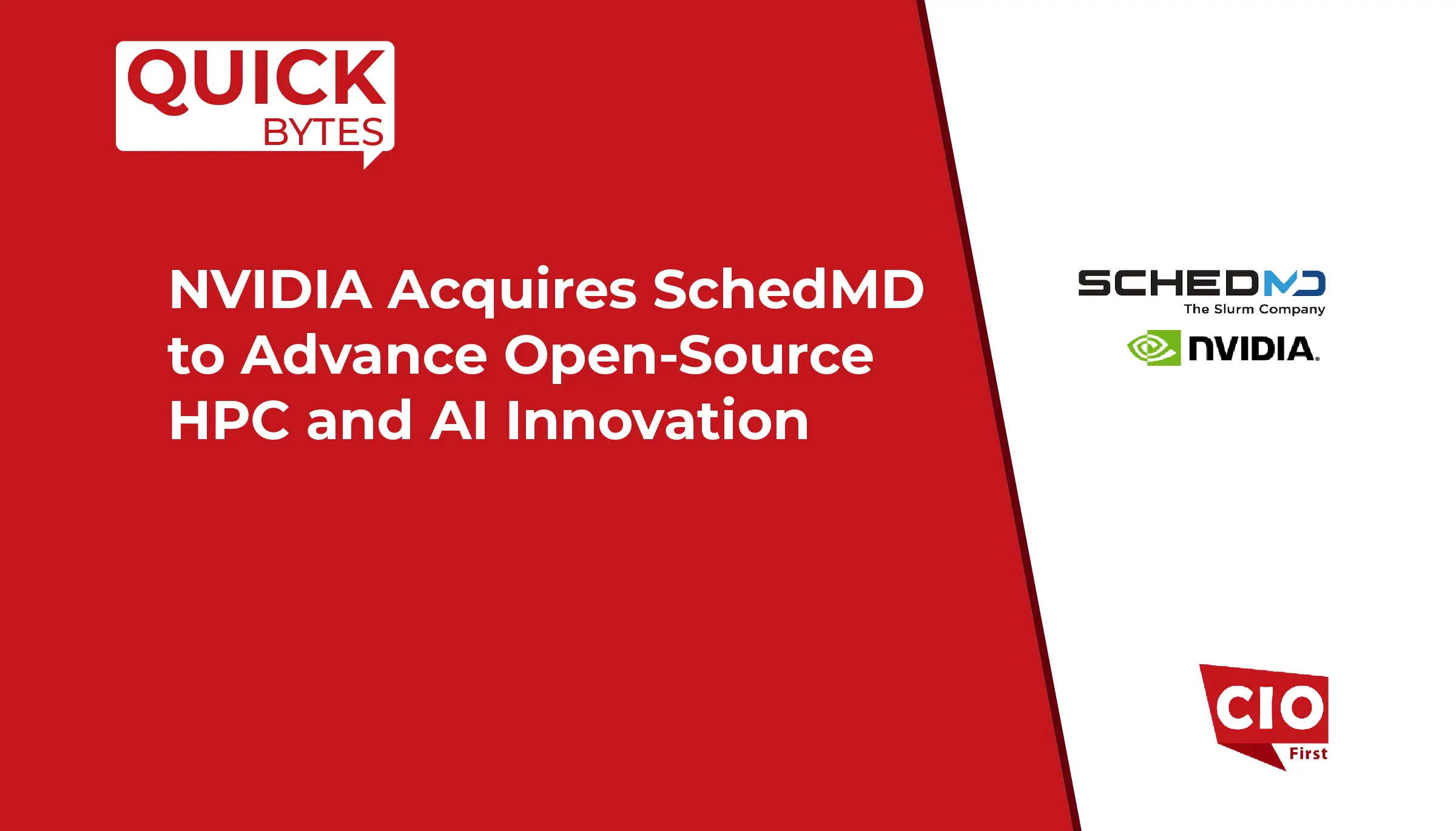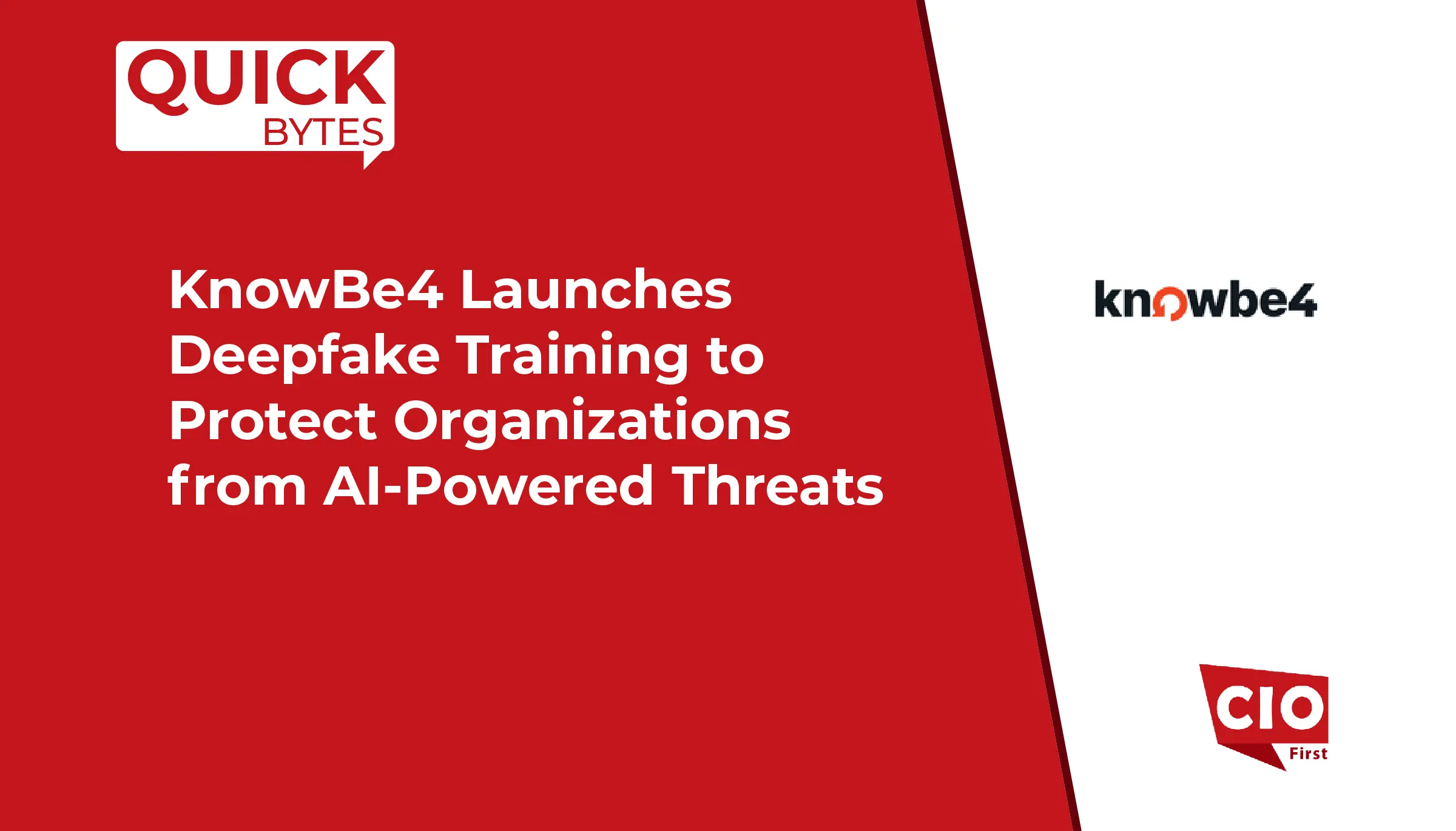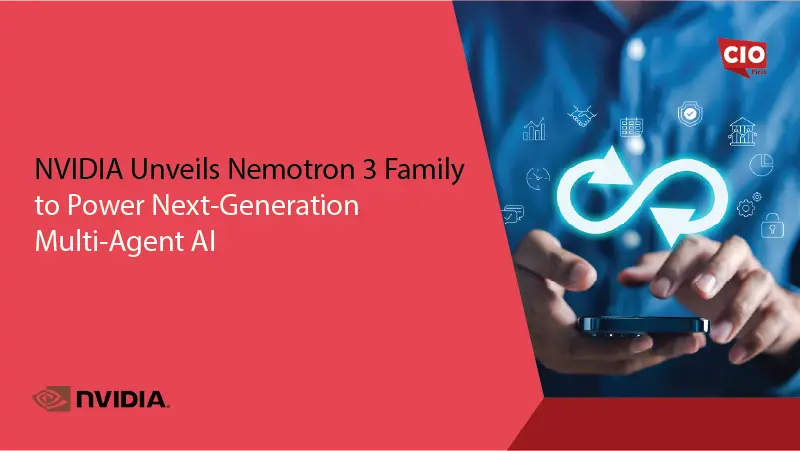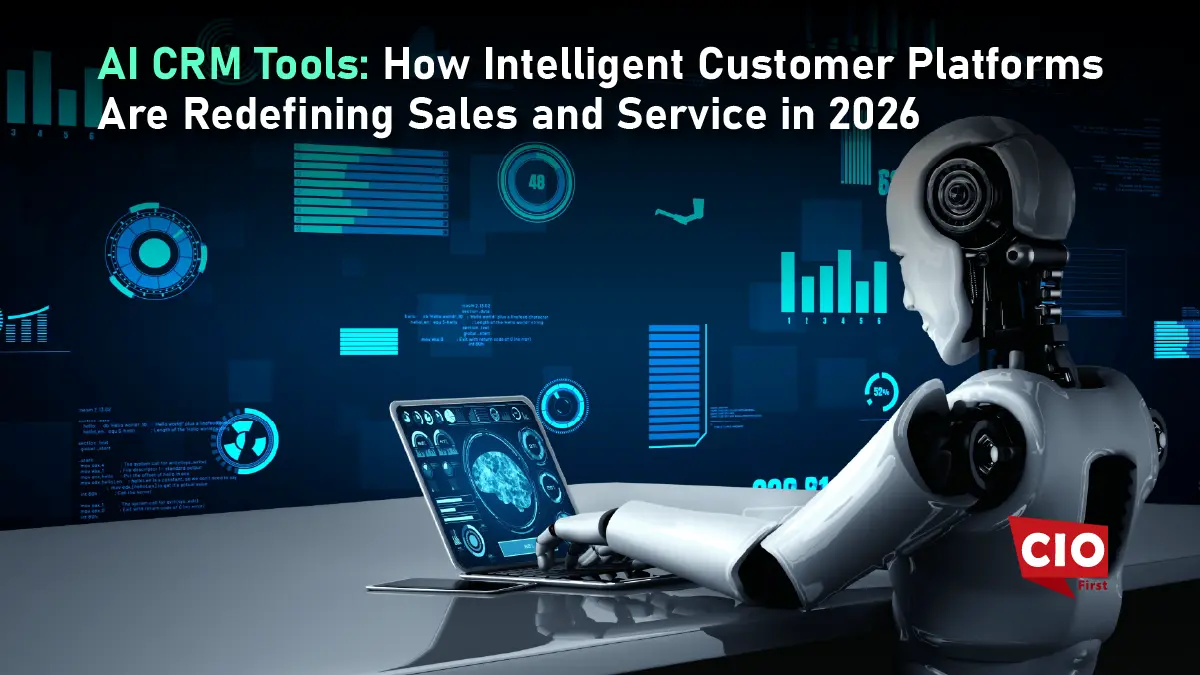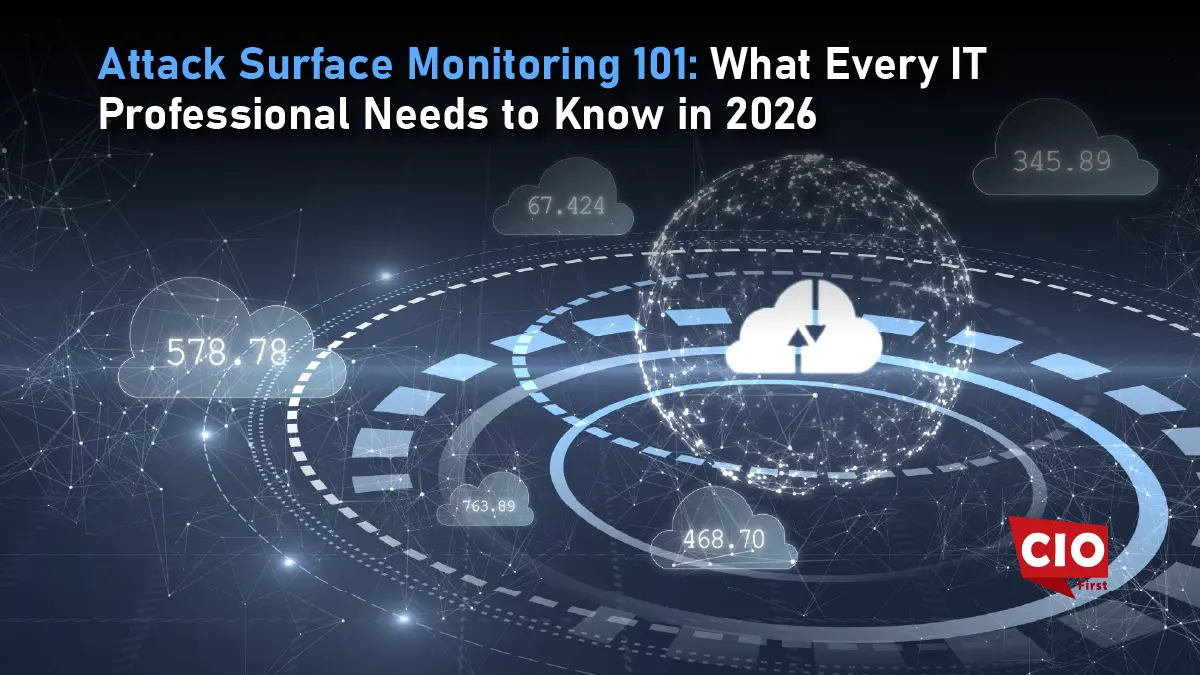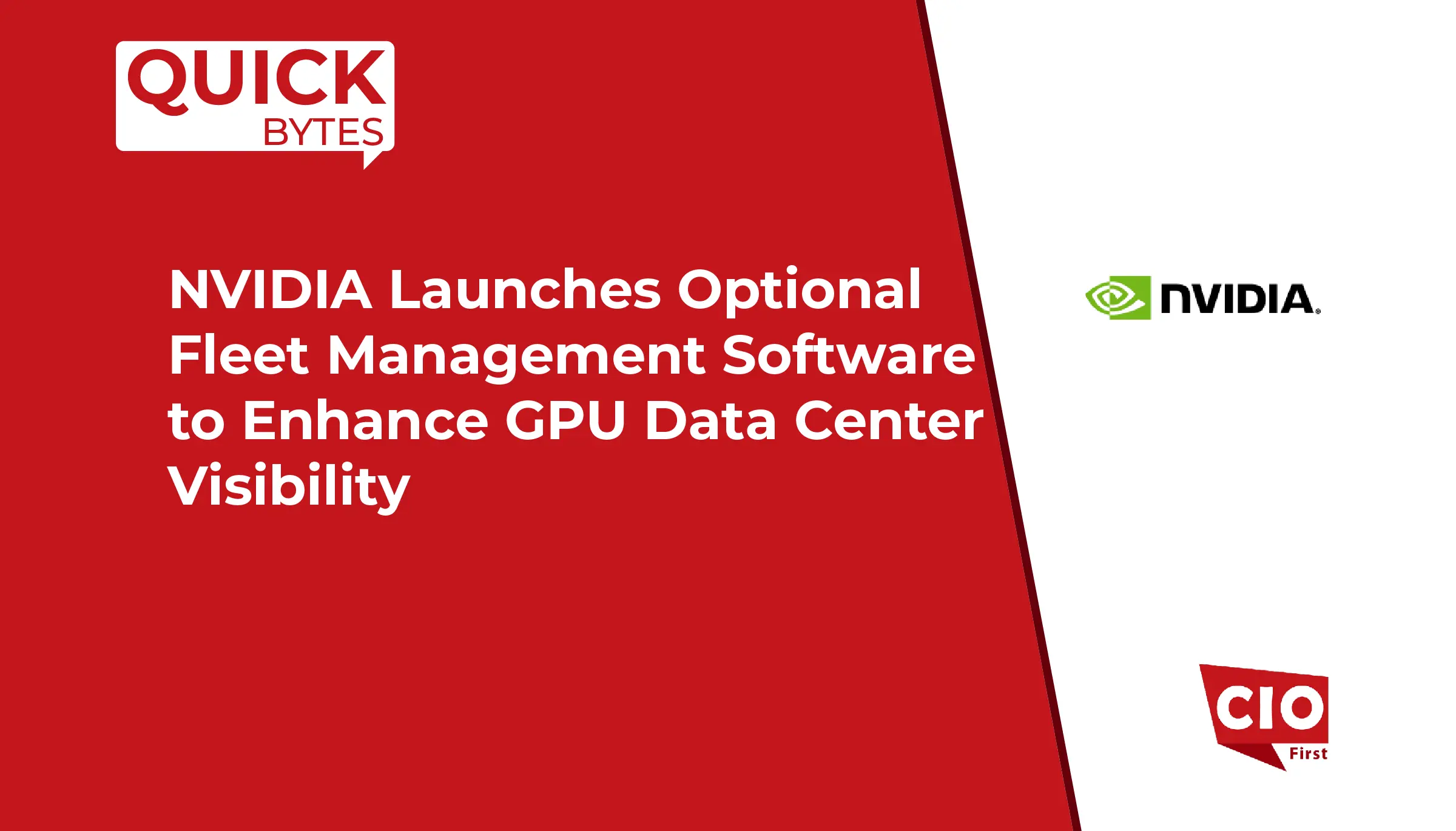Nextdata, the pioneer of autonomous data products, announced a significant update to Nextdata OS, advancing its position as the unified data product management platform for analytics, machine learning, and AI agents. Leveraging its inherently extensible, multimodal architecture, Nextdata OS now delivers powerful new capabilities to automate data product creation, unify structured and unstructured data, and enable safe, agentic use of enterprise data-without replatforming or adding special-purpose stacks.
From Data 2.0 to Data 3.0
Enterprise data management is at a crossroads. Data 2.0-centralized lakehouse usage, brittle pipelines, governance bolted on after the fact—was built for reports and dashboards in a human-speed world. Today it takes six months on average to safely unlock a new data source, while 70% of data teams’ effort goes to simply keeping systems running. This model is failing to keep pace in the AI-native era, where systems must act in sub-seconds, at scale, and with continuous trust.
With this release, Nextdata introduces Data 3.0: a new paradigm built on autonomous data products. Semantic-first and domain-oriented, they self-orchestrate, unify structured and unstructured data, enforce governance continuously as code, and serve multiple modes of use—MCP for agents, vectors for RAG, and tables and files for analytics. The result: data-to-first-use shrinks from months to minutes, enabling enterprises to safely expose mission-critical data to both humans and AI agents.
Also Read: Oracle Unveils New Cloud Networking Capabilities for Workload
Executive Perspective
“In the age of AI, enterprises can’t afford business-as-usual data management with months-long delays before data delivers value,” said Zhamak Dehghani, Founder and CEO of Nextdata. “With Data 3.0, organizations can unify their entire data estate—including the 80% that’s unstructured—and give AI agents safe, high-trust data without adding complexity to their stack.”
SOURCE: PRNewswire




